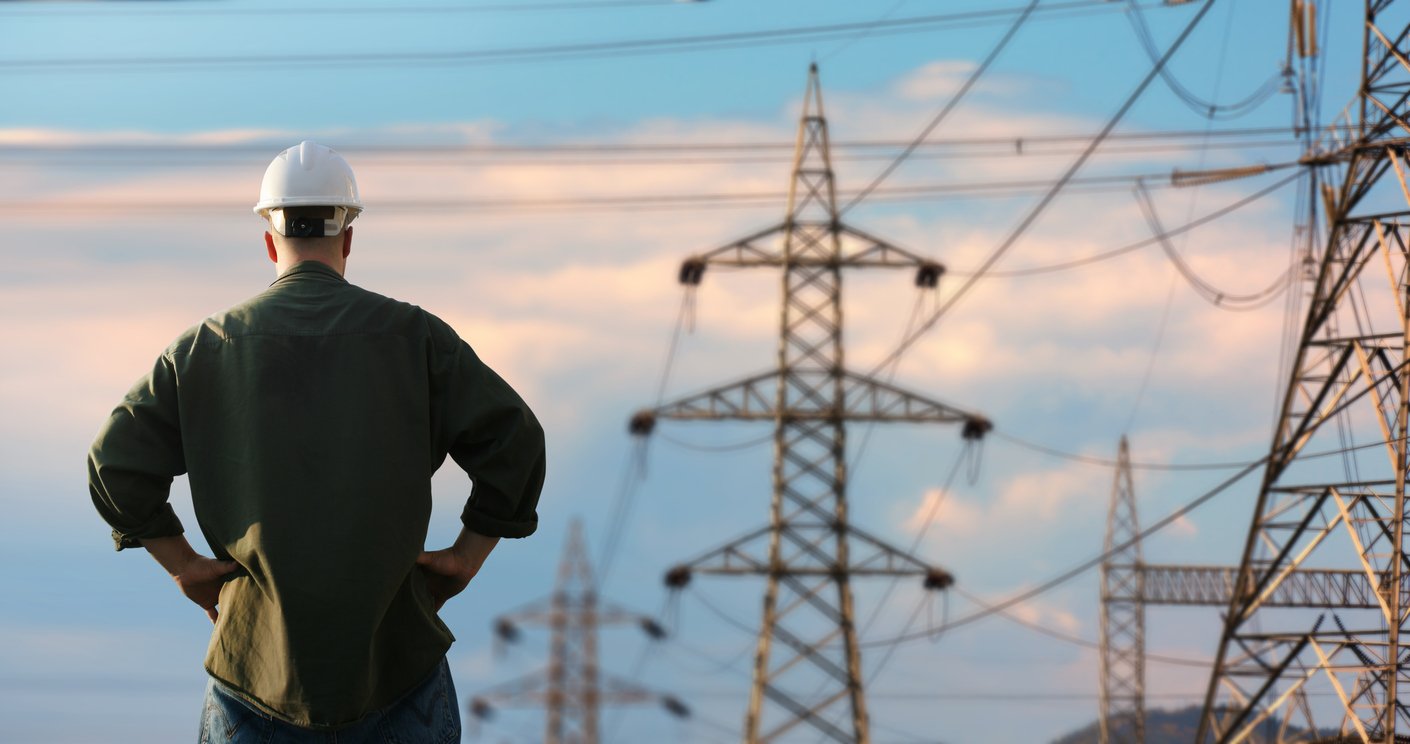In a recent report by the North American Electric Reliability Corp. (NERC), concerns regarding the...
NERC's View on Energy Policy as a Reliability Risk
NERC, the North American Electric Reliability Organization, has, for the first time, elevated "energy policy" to the ranks of its top five risks to grid reliability. This shift in perspective underscores the evolving energy landscape in North America, encompassing production, distribution, and consumption. NERC, responsible for safeguarding the reliability and security of the bulk power system, conducts regular assessments of grid reliability risks through its Reliability Issues Steering Committee. In its biennial ERO Reliability Risk Priorities Report, NERC identifies and prioritizes these five interdependent risks:
- Energy Policy: This new risk profile reflects the potential impact of energy policy decisions on grid operations and reliability. It highlights the need to bridge jurisdictional lines in energy policy, which can significantly affect the grid.
- Grid Transformation: The ongoing shift from conventional power generation to renewable and distributed energy resources, microgrids, and smart grids is transforming the power grid's dynamics.
- Resilience to Extreme Events: With climate change leading to more frequent and severe extreme weather events, the grid must be resilient enough to withstand these challenges.
- Security Risks: The increasing dependence on digital controls and communication systems exposes the grid to cyber and physical security threats.
- Critical Infrastructure Interdependencies: The power grid is closely connected to other critical infrastructures like natural gas, and disruptions in one sector can cascade into others.

Energy Policy's Impact on Grid Reliability
Energy policy decisions made at the federal, state, or provincial levels have far-reaching consequences for grid reliability. These policies influence the energy mix, infrastructure development, and the regulatory framework that governs utilities. Here's how energy policy can impact grid reliability:
- Resource Mix: Energy policy can shape the type and source of energy generation. Policies favoring renewable energy sources, like wind and solar, can lead to a more diverse resource mix. However, sudden shifts in this mix can challenge grid operators in managing variability and ensuring stability.
- Decarbonization and Sustainability: Many energy policies aim to reduce carbon emissions and promote sustainability. While commendable, these goals can create complexities. For example, relying heavily on intermittent renewables requires backup power sources to ensure reliability during periods of low renewable generation.
- Grid Planning and Operation: Energy policy decisions can influence grid planning and operation. Grid operators must adapt to changing energy landscapes, incorporating new technologies and ensuring that the grid can accommodate the growth of distributed energy resources.
- Infrastructure Investment: The level of investment in grid infrastructure depends on energy policy priorities. Policies that encourage modernization and expansion can enhance grid resilience. Conversely, inadequate investment can leave the grid vulnerable to disruptions.
NERC's recognition of energy policy as a critical risk profile underscores the need for a strategic approach to address those challenges. Here are some strategies and recommendations to ensure grid reliability in the face of evolving energy policies:
Cross-Sector Collaboration
As energy policy decisions can have ripple effects across various sectors, fostering collaboration among policymakers, regulators, utilities, and other stakeholders is crucial. This collaboration can help align policy objectives with grid reliability goals.
For example, a collaboration between electric utilities and the electric vehicle (EV) and electric vehicle supply equipment (EVSE) manufacturing industry could involve early engagement and information exchange between stakeholders, outline ongoing efforts to address reliability concerns related to EV charging loads and propose preliminary recommendations. The goal would be continuous information sharing and mutual understanding to ensure grid reliability, resilience, and security as electric transportation grows while minimizing costs.
Long-Term Planning
Grid planning should extend beyond short-term goals. Long-term assessments, like NERC's Long Term Reliability Assessment, provide a data-driven approach to anticipate future scenarios and risks, helping grid operators make informed decisions.
For example, NERC’s 2022 Long-Term Reliability Assessment found that reserve margins in the Midwest Reliability Organization (MRO) region are generally adequate, except for Midcontinent Independent System Operator (MISO), which faces lower reserves due to retiring conventional generation. MISO expects improvements with future capacity plans and potential delays in generation retirements. The region is also transitioning towards more wind and solar capacity, but not all projects may proceed due to necessary transmission upgrades.
Resource Sufficiency
Assessing resource sufficiency is essential in a changing energy landscape. Traditional resource adequacy planning focuses on peak capacity, but with renewables and variable resources, evaluating energy sufficiency at all times is equally critical.
Enabling technology to evaluate energy sufficiency, particularly in the context of renewable energy, requires a silo-free approach to data analysis to monitor devices across the energy infrastructure. Real-time data on renewable energy generation, storage levels, electricity consumption, and grid conditions. This data serves as the foundation for assessing energy sufficiency. Machine learning algorithms can then analyze this data to identify patterns, predict energy generation fluctuations, and anticipate peak demand periods. By continuously monitoring and analyzing these variables, technology can provide insights into whether renewable energy resources are sufficient to meet current and future energy demands.
Grid Modernization
Investing in grid modernization is vital to accommodate the changing resource mix and emerging technologies. Smart grids, advanced controls, and enhanced situational awareness can improve grid resilience.
Modernizing the grid offers many benefits that extend well beyond resource sufficiency, previously addressed. Firstly, it significantly enhances grid reliability, ensuring a stable energy supply for households and industries. Modern grids also boost energy efficiency through more competent energy distribution, detecting and mitigating energy losses during transmission. This leads to better energy utilization, reduced waste, and lower consumer energy costs.
Additionally, modern grids facilitate the integration of renewable energy sources like wind and solar, reducing greenhouse gas emissions and promoting sustainability. They offer resilience during disasters through features like microgrids, which can operate independently, minimizing disruptions and aiding in disaster recovery. The wealth of data generated by modern grids can be harnessed through advanced analytics to optimize energy distribution, predict maintenance needs, and plan for future energy demands, improving decision-making and grid performance.
Education and Awareness
Policymakers, regulators, and industry players should comprehensively understand the reliability implications of their decisions. Education and awareness campaigns can bridge gaps in understanding.
Public awareness campaigns help communities understand the need for grid upgrades, garnering support for modernization initiatives. Utility workers and engineers benefit from training programs to stay updated on the latest grid technologies, ensuring efficient project implementation. Policymakers need to grasp regulatory changes and incentives necessary for grid modernization. Fostering innovation and a culture of continuous learning within the energy industry drives advancements in grid technologies, preparing us for future energy challenges.
Conclusion
Grid reliability is at the core of our modern way of life, and its importance cannot be overstated. NERC's "energy policy" recognition as a critical risk profile highlights the power grid's evolving challenges. Collaborative efforts, long-term planning, resource sufficiency assessments, grid modernization, and education are essential to ensure grid reliability in changing energy landscapes. By addressing these challenges strategically, we can maintain a resilient and reliable power grid, supporting our growing energy needs while reducing vulnerabilities to disruptions.
.jpg?height=200&name=iStock-458946123%20(1).jpg)
